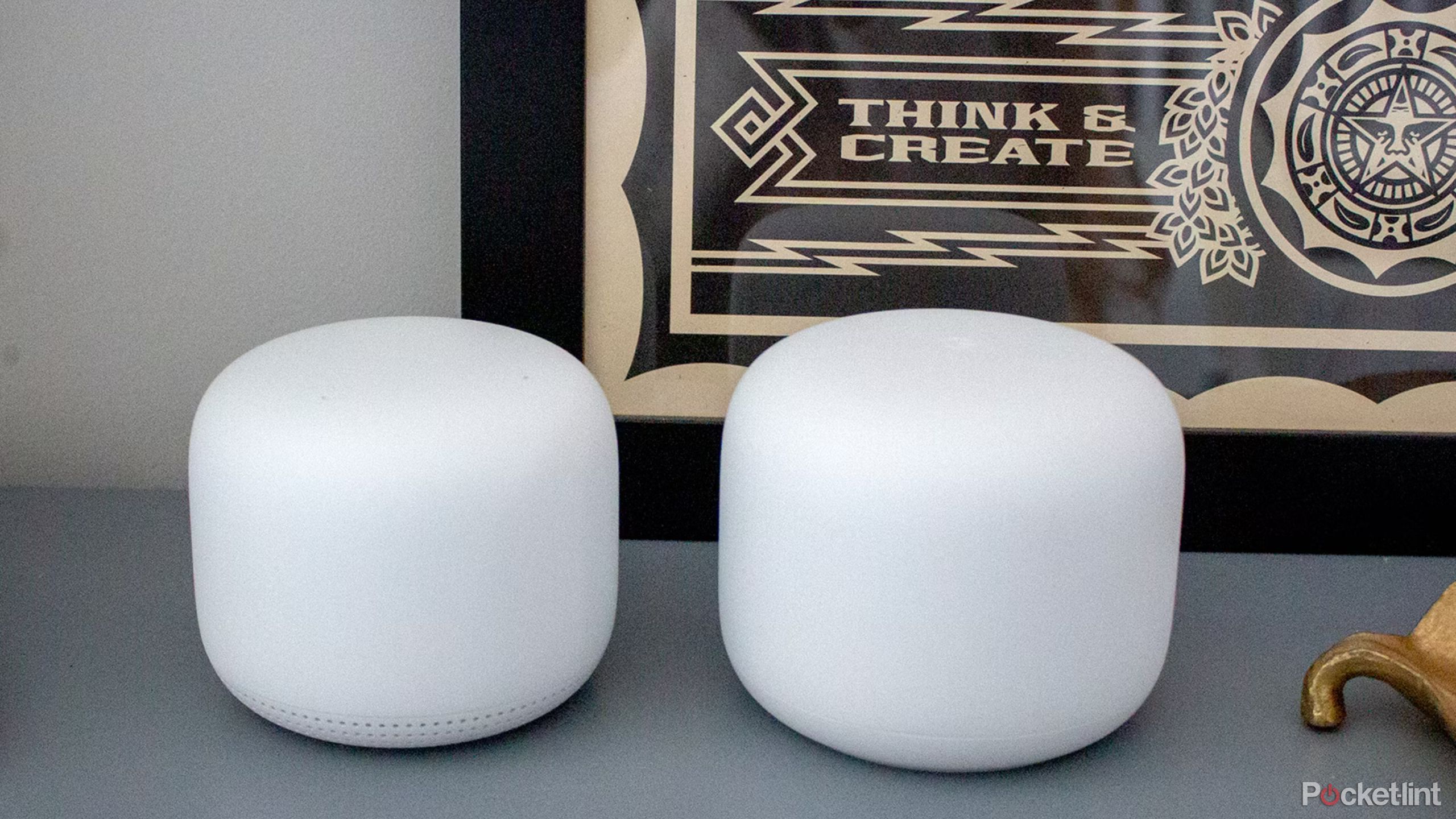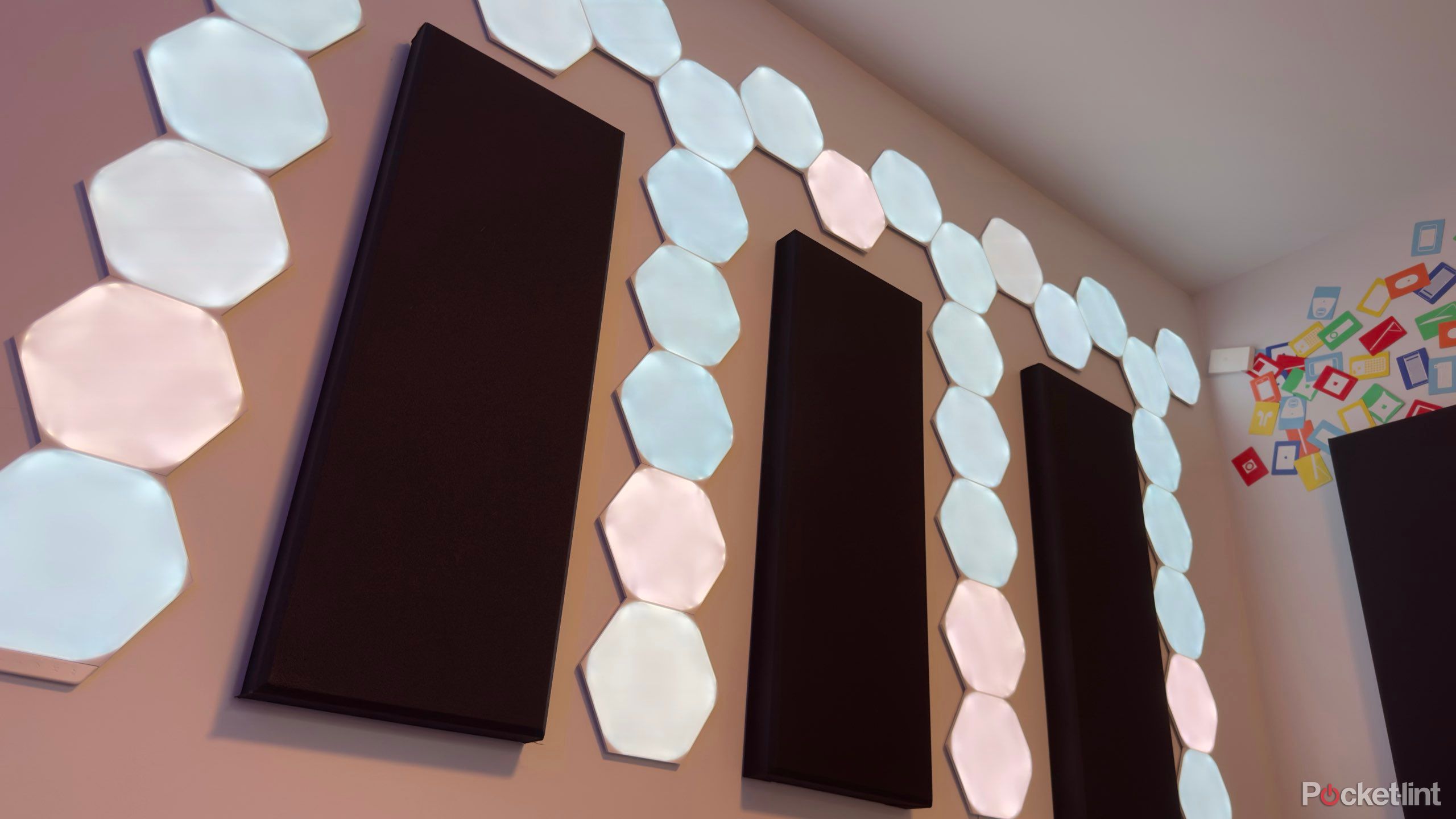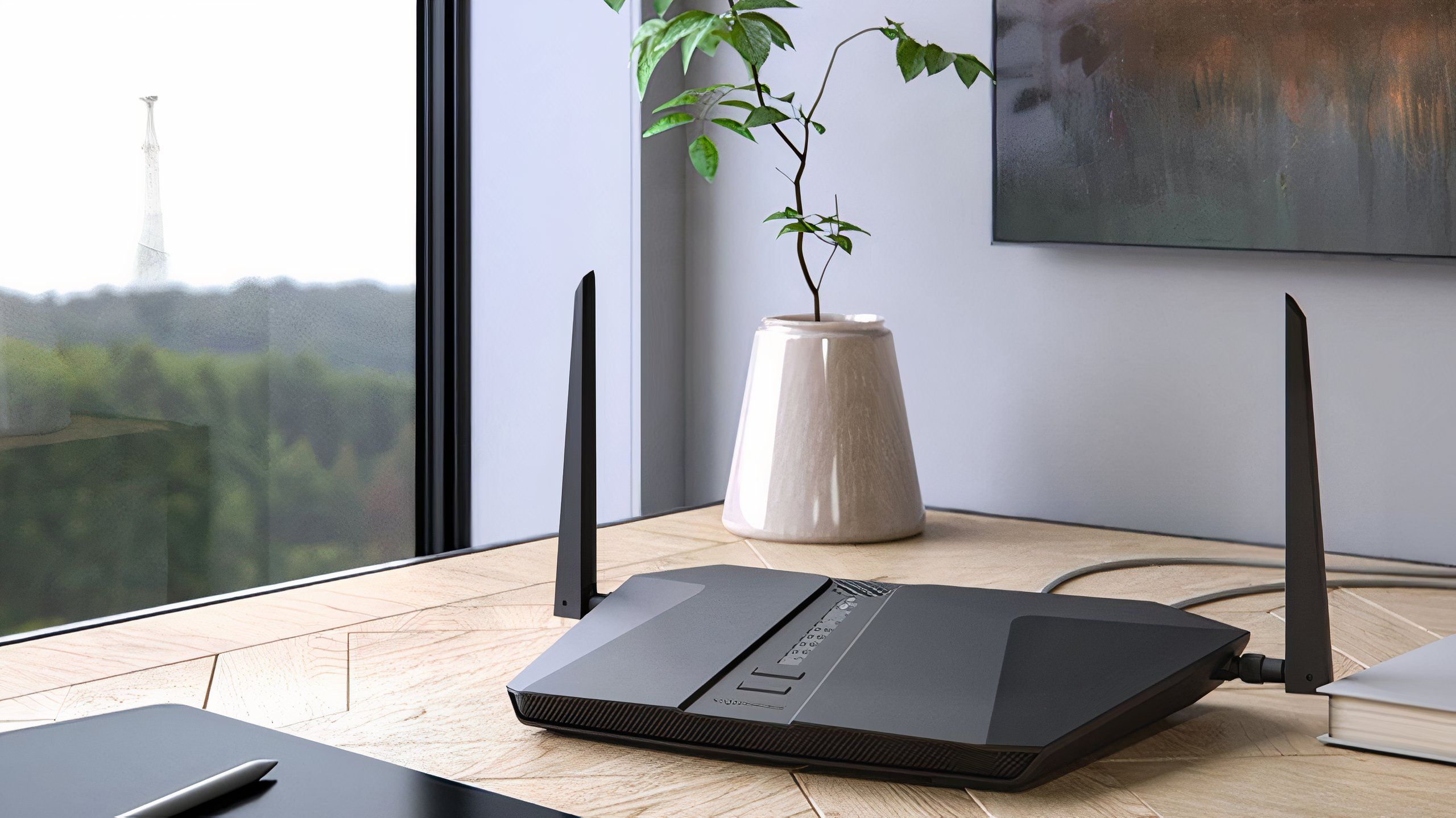Summary
- Even relatively cheap mesh systems can do a good job at killing dead or weak Wi-Fi zones, as long as you buy a big enough bundle.
- Mesh technology is practically essential for multi-floor and/or smart home setups, though some 2.4GHz accessories don’t play well with mesh technology.
- If you can find a standalone router that legitimately covers your entire home, it might be a more cost-effective investment.
If you go shopping online or at your local big-box retailer, you’ll notice that most of the Wi-Fi routers on sale are standalone units. That is, they serve as the one and only access point in your home unless you buy an extender, or set up a second router to mimic an extender. That’s partly because mesh systems are a relatively new phenomenon — they never caught on with consumers until the mid-2010s, when relatively affordable products from companies like Eero and Google began to pop up.
Standalone routers are hardly irrelevant, but after making the switch to the mesh world with the Nest Wifi — currently, I’m using the Eero Pro 6E — I can’t see myself going back. At least, not without a radical change in my home’s tech ecosystem. There are downsides to mesh technology, mind, and I’ll dig into those too.
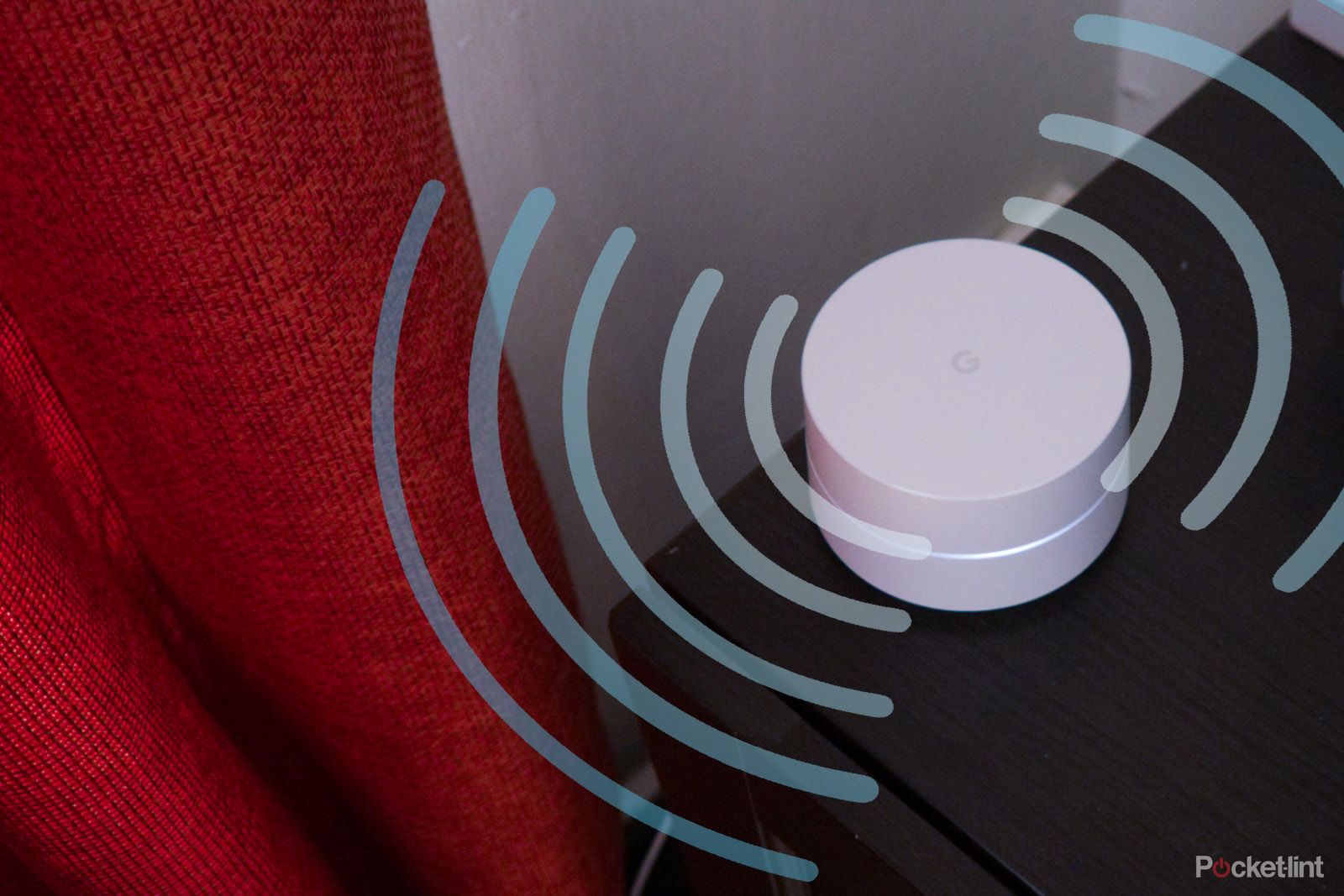
Related
I’m not going to bother waiting for Wi-Fi 8 and you shouldn’t either
Don’t worry about saving your pennies – it’s more about reliability than raw performance.
The constant uphill struggle
Combating the nature of Wi-Fi
As far back as I can remember — trying to stifle a Goodfellas joke, here — I’ve always dealt with flaky Wi-Fi connections. No matter how powerful the router, or where I place it, it seems all too easy to get device connections to drop. More commonly, I’ll get working connections, but sub-par speeds, sometimes even when a router is in the same room as a device talking to it. I must have angered the wireless gods at some point.
I’ve coped with these issues using both mesh and standalone routers. On the whole, though, mesh systems seem to be more reliable, unless perhaps you’re living in a small one- or two-bedroom apartment. That stands to reason, naturally — the whole point of mesh technology is wide and seamless coverage regardless of how large your home is.
Mesh routers are practically unavoidable if you live in a multi-story house.
Modern buildings seem almost calculated to create router issues, though. Signals can become weak as close as a couple of rooms away, in my experience, presumably based on what’s inside the walls, and the electronics and furniture scattered about. If nothing else, mesh systems often ensure that there’s at least one access point in reach of my devices.
Mesh routers are practically unavoidable if you live in a multi-story house. I know some people get away with standalone units, but many of us don’t have a central place to bridge a router to a modem — without mesh technology available, the result can be permanently “dark” corners where Wi-Fi doesn’t operate properly. In my own home, my modem is on the middle of three floors, but closer to the front of the building. Without a mesh device on each level, I’d probably fail to get decent internet in the master bedroom or garage.
Dark spots simply can’t be allowed in your home if you rely on a lot of smart home accessories, like I do. It’s annoying when your laptop isn’t downloading as fast as it should, but it’s outright problematic when lighting automations won’t run, or you can’t connect to a security camera. It’s nigh-on irresponsible to start building some smart home setups without making a mesh router their foundation, important caveats notwithstanding.

Related
Here’s how I built a Matter smart home
Matter can make your smart home seamless — these are the things you need to get started.
Why would you skip a mesh router system?
Be aware of the downsides
It’s often impossible to force a mesh system to use separate SSIDs (network IDs) for each Wi-Fi band (2.4, 5, and 6GHz). In many scenarios, it’s not a big deal, and possibly even preferable, since it simplifies transitioning devices from one router to another — they’re automatically bounced to the best available band. But some devices only operate on 2.4GHz, like many low-power smart home accessories, and that can potentially cause havoc. Those products may have unreliable connections, assuming they can even connect in the first place.
I deal with this less often today than I used to, thankfully — but when range isn’t an issue, pairing all your smart home devices to a separate 2.4GHz SSID is the way to go.
In apartments, you’re probably going to get more out of upgrading the specs on a single router.
In apartments, you’re probably going to get more out of upgrading the specs on a solo router. That’s because even within a particular Wi-Fi standard, such as Wi-Fi 6E, routers have varying speed and range capabilities. On top of that, some models may have special features, such as more and faster Ethernet ports. It’d be ridiculous for a gamer sharing a one-bedroom apartment with their partner to prioritize coverage over raw performance. It’s people like me — with a wife and child in a small multi-story home — that have to do the reverse.
The best mesh systems can be tremendously expensive. My Eero Pro 6E three-pack cost $700 at launch, and that’s not even as high as things go — better systems surge past the $1,000 mark. If you can find a standalone router with a range that exceeds the size of your home, you might actually save money, even if it costs upwards of $300. I’m jealous if you’re in that camp.
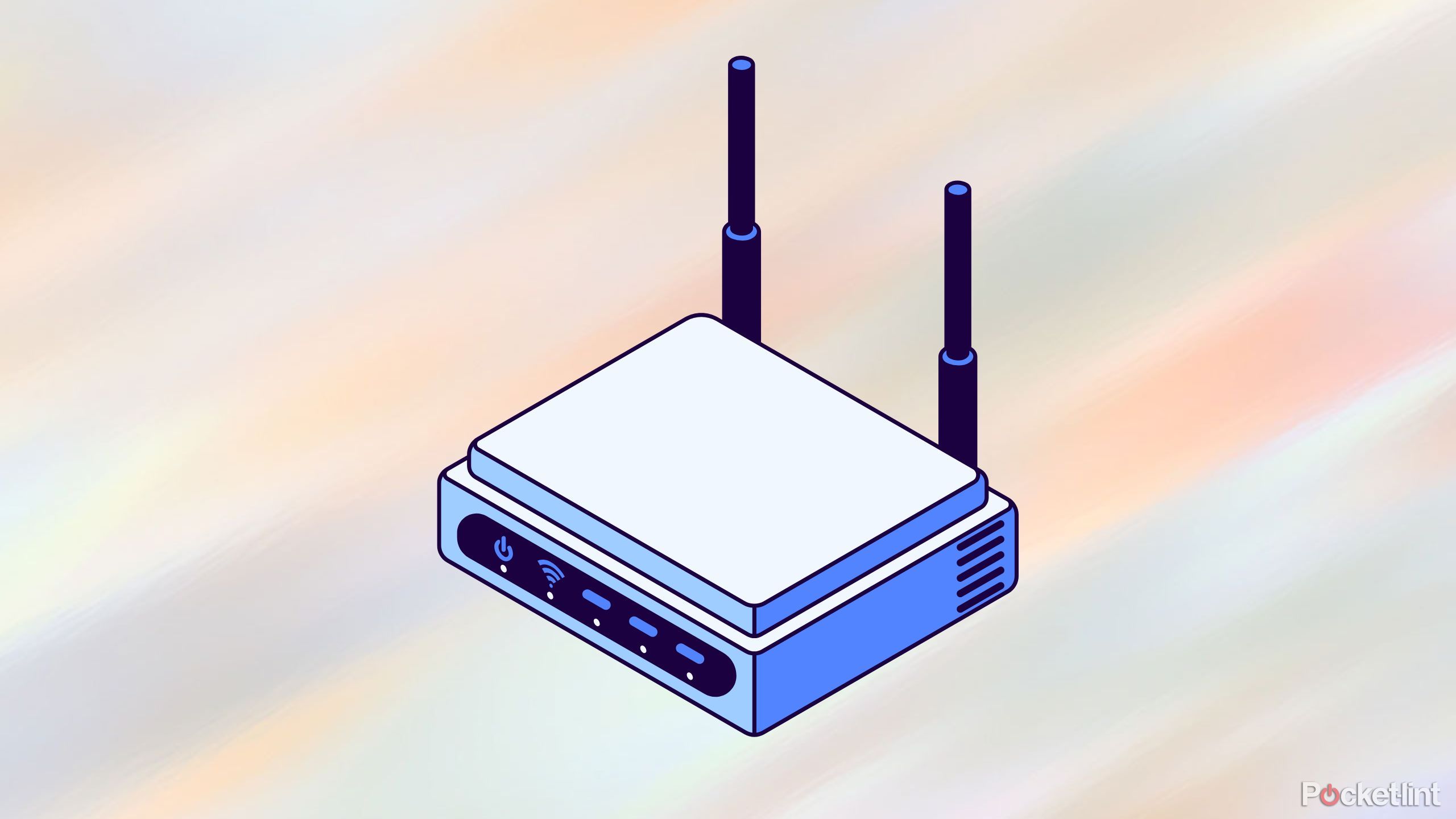
Related
4 router tricks I use to speed up my Wi-Fi for online gaming
Your gaming gear needs to be on a pedestal in your network.
Final thoughts
The future of Wi-Fi
Netgear
At some point, all of this is liable to become academic. Even maxed-out Wi-Fi 7 will become commonplace, and perhaps the makers of mesh systems and smart home accessories will finally figure out how to play nicely with each other. There are already ways out of the 2.4GHz trap, if you’re smart — many accessories are based on Thread or Zigbee, so the only requirement is a hub or other device that bridges with your Wi-Fi network. I almost never have issues with my Philips Hue lights, precisely because the only Wi-Fi link is a dedicated Zigbee hub.
I’ve just arrived at a mesh solution that (mostly) works for now.
The future can’t come soon enough, though. I’m looking forward to when Wi-Fi 8 (dubbed Ultra High Reliability) gets here, since it might cure some of my woes once and for all. I’ve just arrived at a mesh solution that (mostly) works for now. Your own situation should hopefully be far easier.

You might also like
Everything you need to know about PEVs, or personal electric vehicles
You can use PEVs like e-bikes and scooters to explore, run errands, or speed up your commute.





